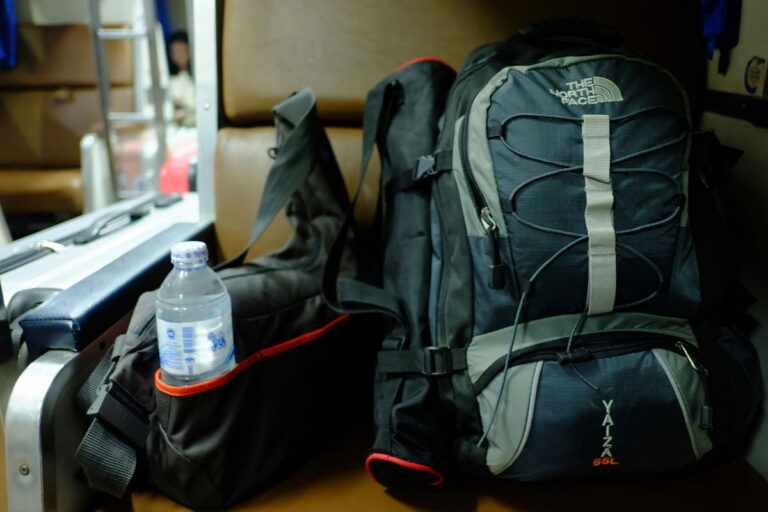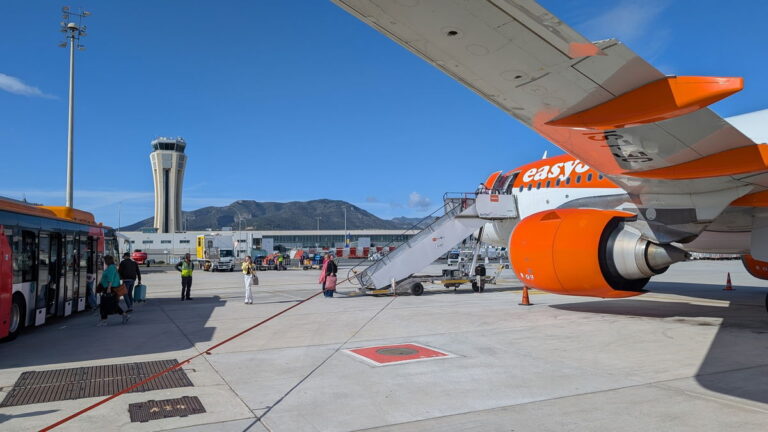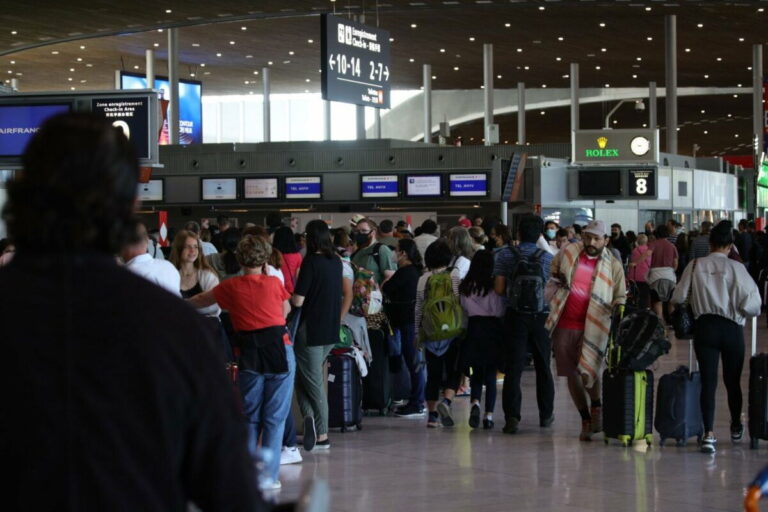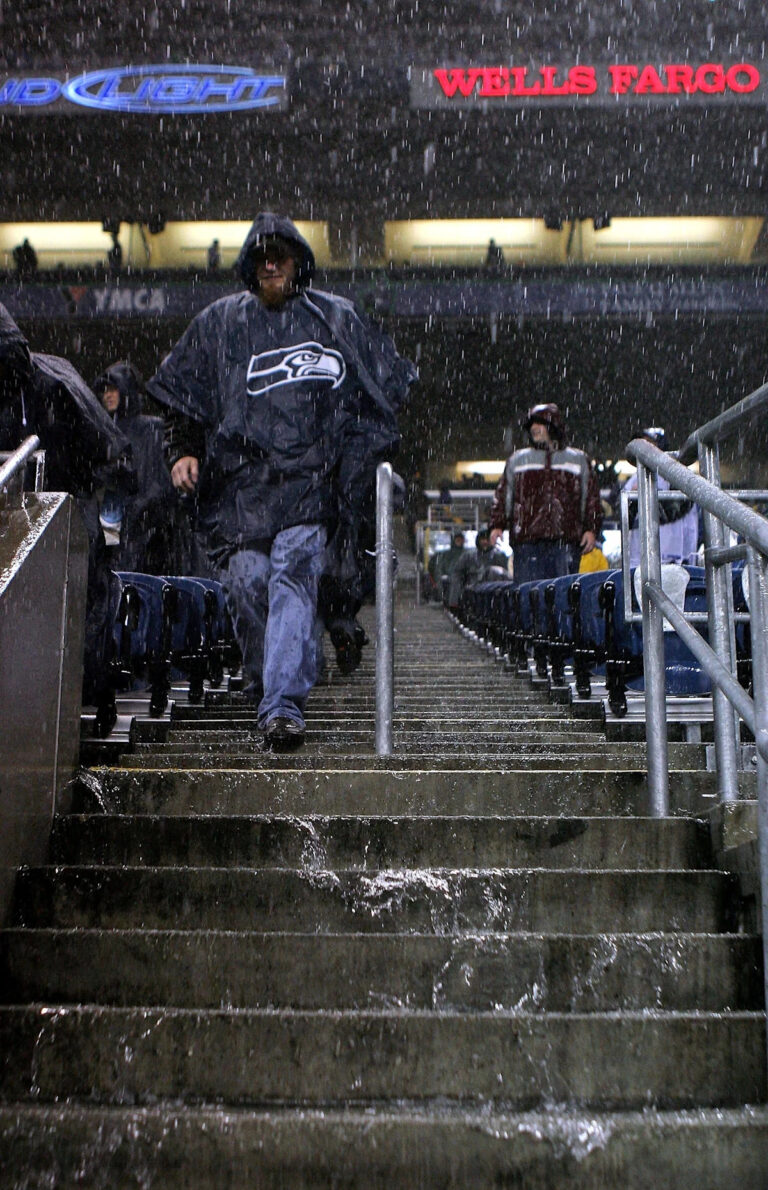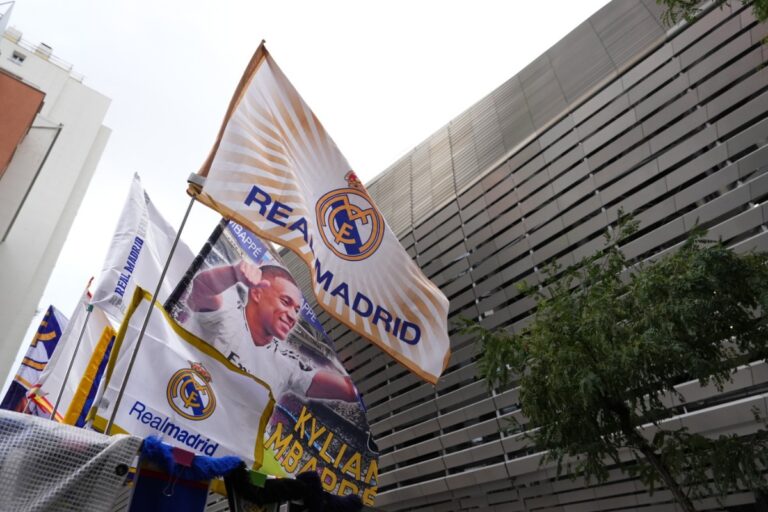
Air India crash. Credit: tanitost, Shutterstock.
The deadly crash of Air India Flight AI171 on June 12, 2025, is now expected to result in one of the biggest aviation insurance claims in India’s history, with total payouts projected at around $475 million (€445 million), according to Fortune.
The aircraft, a Boeing 787 Dreamliner, crashed shortly after takeoff from Ahmedabad en route to London, striking a student hostel and killing 241 of 242 people on board, along with at least 38 people on the ground, including students and staff. It is officially India’s deadliest air disaster.
Air India plane crash: The insurance fallout
The insurance fallout is vast, covering everything from the destroyed aircraft to passenger deaths, hostel damage, and third-party injuries.
The destroyed aircraft alone is estimated to cost insurers around $125 million (€108.9 million), said Ramaswamy Narayanan, chairman of the General Insurance Corporation of India, speaking to Fortune.
Indian insurers like Tata AIG and New India Assurance hold just a small share of the risk (less than 5 per cent) and pass most of it on to global reinsurers like Lloyd’s of London.
“The financial burden will predominantly fall on international reinsurers, leading to the hardening of the aviation reinsurance and insurance market,” said Swarup Kumar Sahoor, senior analyst at GlobalData.
Payouts to families of Air India passenger victims
Families of deceased passengers are entitled to Rs 1.75 crore (approx. €195,000) each under the Montreal Convention, which India is a signatory to. This compensation is automatic, meaning families do not need to prove fault.
Additional payouts may follow if negligence is proven in court. The total passenger-related liability is projected at $350 million (€305.2 million), according to experts cited by Fortune.
Air India’s owner, Tata Group, also announced an ex-gratia payment of Rs 1 crore to each victim’s family. This voluntary payment is separate from legal compensation under the Montreal Convention, clarified Moneycontrol.
Air India crash: Third-party claims
The crash into the hostel killed dozens and injured many more. These victims are covered under third-party liability insurance.
Compensation for these individuals is not automatic. Families must submit death certificates, ID proof, and heirship documents to the insurer or airline. Payouts can be delayed by months due to legal procedures and disputes over kinship.
There’s no fixed cap on these payouts, but Indian courts have previously awarded Rs 20 lakh to Rs 1 crore (€20,100 to €100,500), depending on the victim’s profile and situation.
The hostel building and other surrounding infrastructure destroyed in the crash are also covered under third-party liability insurance. The medical college or trust that owns the hostel can claim repair costs, disruption expenses, and market-value damages.
Although Indian insurers process the claims, more than 95 per cent of the liability is reinsured abroad. The global aviation insurance market is expected to face rising premiums as a result.
Aside from airline liability, families can also claim separate personal travel or life insurance, if applicable. India’s Insurance Information Bureau (IIB) portal allows families to search for unknown policies using the deceased’s basic details.
View all world news.

